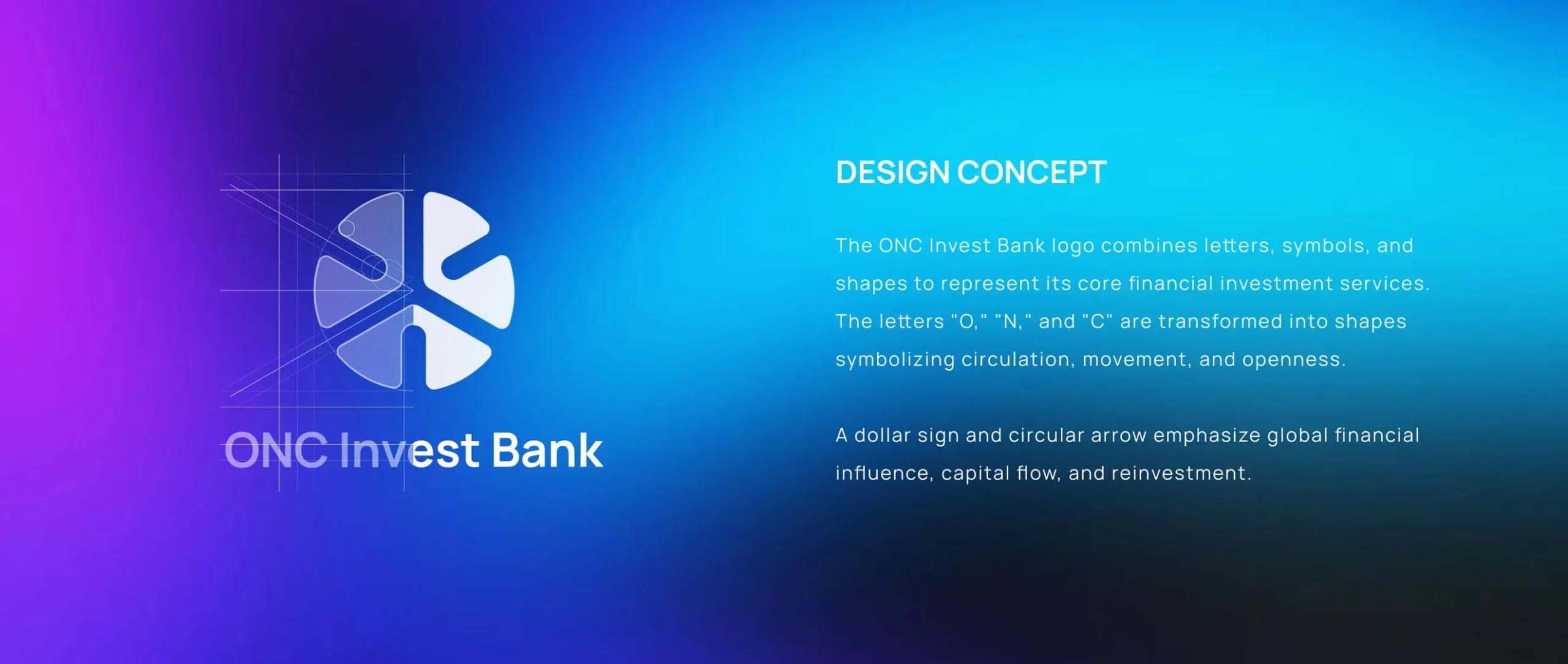
eriNet is a decentralized blockchain platform that combines innovative search, social networking, and built-in bots. It provides curated entries for queries while ensuring traceable and authentic user-generated content. With features reminiscent of Twitter and Discord, VeriNet fosters seamless interaction and verified communication on a secure, trustless network.
-
Date:
October 16, 2024
-
Services:
Branding
-
Client:
Daisy Yuan
-
Tags:
Branding, UI, Web3
Project Background and Core Philosophy
In our initial discussions with the Veri Net team, we uncovered a visionary goal: to integrate decentralized search, social networking, and built-in bots into a single blockchain platform. By combining Twitter-like interactivity with Discord-inspired community engagement, Veri Net aimed to create a secure, trustless environment for seamless communication. The greater challenge lay in bridging the gap between Web2.0 users and Web3.0 ecosystems, enabling those unfamiliar with blockchain to intuitively grasp its value.
To achieve this, we collaborated closely with Veri Net to refine their product positioning, brand identity, and user experience requirements. Our first step was to map the platform’s technical infrastructure and business logic, ensuring that the visual and interaction design would authentically convey core concepts like decentralization, trust, security, and efficiency. Simultaneously, we infused the design with approachable elements to lower barriers for Web2.0 users, allowing them to explore Veri Net’s features without friction.
During the project’s early stages, we developed a holistic design strategy that merged Veri Net’s technological strengths with user pain points. This strategy prioritized harmonizing brand identity, interaction flows, and educational guidance—delivering robust functionality for blockchain-savvy users while maintaining a gentle learning curve for Web2.0 newcomers.
Branding and Visual Identity
A successful blockchain product demands not only technical excellence but also a cohesive brand narrative. After analyzing Veri Net’s target audience, we adopted a soft neon color palette with gradient effects to evoke futuristic innovation. Geometric shapes and luminous accents further emphasized the platform’s social dynamism and cutting-edge ethos.
Our team crafted Veri Net’s logo, iconography, and brand guidelines with meticulous attention to detail. The logo’s interconnected nodes symbolized blockchain’s decentralized nature, while the icon system—centered on search, chat channels, and bots—ensured consistency across web and mobile interfaces. Every design element, from typography to UI components, adhered to a unified visual language, reinforcing brand recognition at every touchpoint.
Interaction Design: Seamless Transition from Web2.0 to Web3.0
Veri Net’s greatest challenge was making decentralized technology accessible to mainstream users. To bridge this gap, we reimagined information architecture and interaction patterns, embedding intuitive guidance directly into the user journey.
The homepage and key product pages feature a “Web3.0 Starter Guide,” leveraging visual diagrams and step-by-step tutorials to demystify blockchain concepts like wallet creation and decentralized search. These educational modules are seamlessly integrated into core workflows—for example, when users first initiate a search, a contextual overlay explains Veri Net’s decentralized indexing mechanism. This “learn-by-doing” approach allows users to absorb Web3.0 principles organically.
We preserved familiar Web2.0 interactions—such as liking, sharing, and following—to ease the transition while introducing innovative Web3.0 elements into community channels and bot functionalities. This balance lets users discover decentralized advantages within a comfortingly familiar framework.
Our Value and Execution Process
Our collaboration with Veri Net extended far beyond surface-level design. We embedded ourselves in the entire product lifecycle, delivering solutions that spanned research, testing, and implementation.
- Technical and Strategic Alignment: We dissected Veri Net’s technical framework and business objectives, defining feature priorities and interaction pillars to guide design decisions.
- User-Centric Iteration: Through prototyping and interviews, we identified usability pain points and iterated on layouts, ensuring every feature resonated with users.
- Visual System Implementation: We built a comprehensive design system—including color schemes, typography, icons, and reusable UI components—to maintain consistency across platforms.
- Cross-Functional Collaboration: Working alongside developers, we harmonized blockchain backends with frontend interfaces, optimizing performance and scalability.
Outcomes and Impact
Post-launch, Veri Net emerged with a cohesive brand identity and a dramatically lowered learning curve for Web3.0 adoption. The redesigned search and social modules enabled users to seamlessly navigate information retrieval and real-time discussions, while AI-driven bots empowered community moderators with advanced management tools.
Notably, user retention and engagement metrics surged. Web2.0 users who initially hesitated to explore blockchain began experimenting with decentralized applications after experiencing Veri Net’s intuitive interface. This shift validated our focus on usability and user education as critical drivers of adoption.
Vision and Next Steps
As Veri Net evolves within the decentralized landscape, we remain committed to refining its visual and experiential layers. Future plans include gamifying content creation to boost participation and integrating AI-driven enhancements into search and social workflows. Our shared goal is to cultivate a sustainable ecosystem where Web3.0’s potential becomes accessible to all.
Conclusion
The Veri Net project transcended a mere visual overhaul—it represented a collaborative exploration of Web3.0’s possibilities. By unifying branding, interaction design, and technology, we helped Veri Net carve out a distinct identity while inviting traditional users into the decentralized world. This partnership underscores our philosophy: empowering users through intuitive design and bridging innovation with accessibility.
